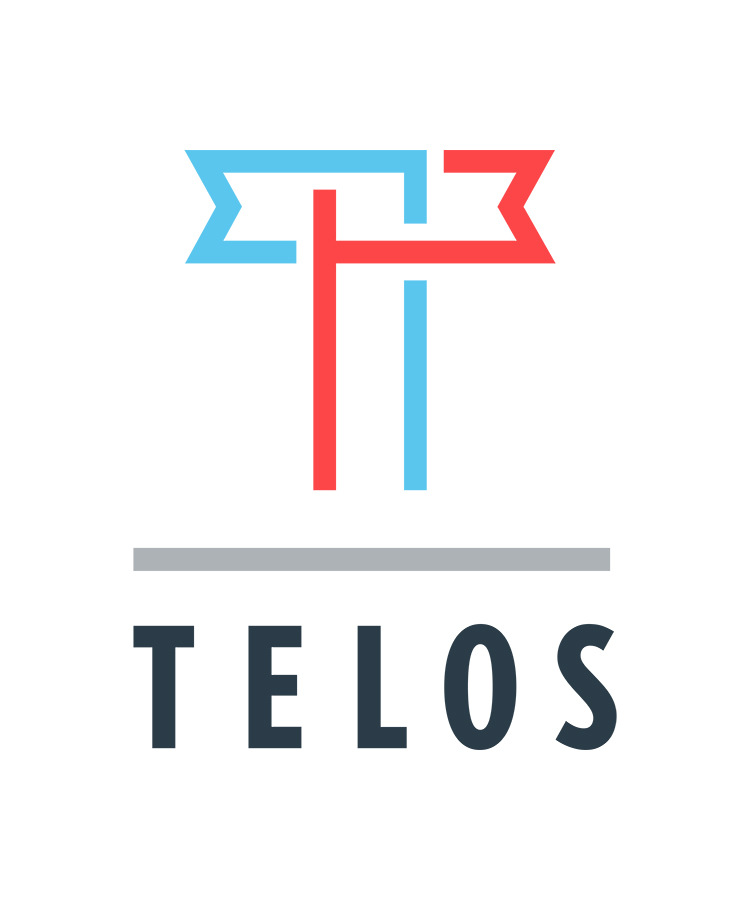
Why “Peacemaking”?
PEACEMAKING UNLEASHES OUR POWER TO HEAL OTHERWISE INTRACTABLE CONFLICT IN OUR LIVES, OUR COMMUNITIES AND OUR WORLD.
By equipping us to collaborate across lines of difference, together we can fight injustice in a way that advances the work of healing and reconciliation.
Peacemaking presumes that while conflict and discord are inevitable, disagreement and difference can help guide us to a world in which we can all flourish. It is a courageous, countercultural way of engaging each other and our world. It is a radical commitment to put our deepest values into lived practice. And it is deeply rooted in the world’s great faith traditions, as well as basic principles of what it means to be a good human.
As peacemakers we choose to live into a story greater than ourselves or our community alone. We believe we cannot deny our neighbor what we would want for ourselves. So we work to maximize human agency, dignity and freedom.
We do this by committing to a deeply personal, transformative journey—one that can help us co-create a different, and better, reality for all. We therefore reject social hierarchies, caste systems and false either/or binaries. There is no “us v. them,” only “us, together.”
We also recognize that we all have a role: from teachers to diplomats, artists to politicians, stay-at-home parents to entrepreneurs, students to police officers, liberals to conservatives, activists to faith leaders—anyone and everyone who believes in the possibility of a greater good and who is willing to risk for it.
When read and practiced holistically, these Principles & Practices of Peacemaking articulate the conceptual and ethical foundations of just peacemaking. When properly applied, they can help us address seemingly intractable interpersonal and international conflict, guiding us to a better place on issues as varied as war, human and civil rights, entrenched oppression, the environment, local and global security, poverty, governance, human migration, and inequality.
SIX PRINCIPLES OF PEACEMAKING
01
GrowthGrowth: Change is always possible↓
Human hearts, as well as cultures and systems of power, can change. Each of us impacts our reality—for ourselves and for others. It’s not a question of whether we change our world, but how. So we practice hope: We strive for positive change, in ourselves and for others. “Hope is what you do.”—Rev. Mitri Raheb
02
EquityEquity: OWNERSHIP IS THE BEDROCK OF EQUALITY↓
Equality asks: Who has a seat at the table? But equity first asks: Whose table is it? We are all stakeholders in our own communities and societies. Yet many of us are treated as guests in our own homes. We build the foundations of just communities when we recognize our neighbors as shared stakeholders and protect their equal voice in shaping our communities. We can then further address ongoing inequalities by securing equally accessible opportunities for all.
03
JUSTICEJUSTICE: PEACE AND JUSTICE ARE INTERTWINED↓
Working for peace without justice is unserious, empty and dangerous. Working for justice without concern for healing and reconciliation can degenerate into violence and revenge. “Justice” is expansive and contested. Yet true justice enables the possibility of mutual flourishing: dignity, security, and freedom for all in equal measure. “True peace is not the absence of tension: it is the presence of justice”–Rev. Martin Luther King, Jr.
04
RELATIONSHIPRELATIONSHIP: AUTHENTIC RELATIONSHIPS ACROSS LINES OF DIFFERENCE FUEL TRANSFORMATION↓
Authentic relationships form the core of peacemaking. Intentionally cultivating non-transactional relationships across lines of difference provides space for individual transformation, nurtures empathy and humility, and emphasizes the humanity of those different from us. Diverse, reciprocal relationships ground our ideologies, theologies and politics in the humanity and lived experience of others. They awaken the possibility for communal, societal and systemic change.
05
NONVIOLENCENONVIOLENCE: “NONVIOLENCE IS A WAY OF LIFE FOR COURAGEOUS PEOPLE” –REV. MARTIN LUTHER KING, JR.↓
Active nonviolence promotes freedom and justice and is grounded in a spirit of love and hope. Creative and clear resistance against all forms of violence—direct, structural, and cultural—heals our world and paves the path to reconciliation. Just peacemaking is a courageous, countercultural and purpose-driven way of life.
06
MUTUAL FLOURISHINGMUTUAL FLOURISHING: THE END GOAL, OR TELOS, IS BELOVED COMMUNITY↓
Our telos is not the defeat of “enemies,” but the personal and systemic transformation that allows for mutual flourishing, reconciliation and the creation of the “Beloved Community.” We form communities that in composition and practice model the world we strive towards. Joyous, intentional, reflective, action-oriented communities replace unjust systems with just peace. “We belong to each other” – Mother Teresa
SIX PRACTICES OF PEACEMAKING
01
LISTEN TO UNDERSTANDLISTEN TO UNDERSTAND↓
Before we can hope to heal our world, we must first learn to see it as it actually is. We listen to understand before seeking to be understood. Deep listening cultivates curiosity while surfacing the motivations and views that underlie the issues that divide us. As we are heard and understood, opportunity opens to explore and heal. So we begin by meeting the other, and ourselves, where we are. “Love’s first act is to listen.” – Paul Tillich.
02
HOLD COMPETING PERSPECTIVES IN TENSIONHOLD COMPETING PERSPECTIVES IN TENSION↓
Peacemaking recognizes that my story is not the only story. As humans, we experience our shared reality differently. Engaging the views and experiences of others, even when they do not reconcile with our own, unlocks the ability to better identify causes of and solutions to otherwise intractable conflict. “The opposite of a fact is falsehood, but the opposite of one profound truth may very well be another profound truth.” – Niels Bohr
03
OWN OUR AGENCY AND RESPONSIBILITYOWN OUR AGENCY AND RESPONSIBILITY↓
We own our duty to leave this world better than we found it. We embrace discomfort and uncertainty, which often signify and catalyze growth. We recognize that we and our communities–often unwittingly–do both good and harm. So we claim our agency and responsibility to repair harm and work for good. Yet we act with humility. We’re not here to be heroes, but servants. “To seek peace and pursue it, that is always the right thing to do. Especially when it seems impossible.” – Issa J. Khalil
04
CENTER THE LEADERSHIP OF THE MARGINALIZEDCENTER THE LEADERSHIP OF THE MARGINALIZED↓
Being near—or proximate—to those most vulnerable is the foundation of effective, ethical movements. Those closest to a problem are best equipped to define the problem–which is the most important step in finding a just solution. And those who pay the greatest price of unjust systems often develop essential perspectives on how to transform those systems. We honor their resilience and expertise by using our platforms to amplify their voices and leadership, not imposing our own.
05
SELF-INTERROGATESELF-INTERROGATE↓
Peacemaking is both an internal and an external practice. We access our power to drive change when we first allow our own hearts and minds to transform. We can then invite our families, communities, institutions and countries on similar journeys. We identify our biases, question our assumptions, and continually assess whether we unknowingly contribute to or benefit from injustice. While we never neglect to call out the unjust behaviors of our adversaries, we leverage our power within our own families and communities to urgently promote just peace. “Let there be peace and let it begin with me.” – Ainka Sanders Jackson
06
ADVOCATEADVOCATE↓
We align our actions with our values. As we grow internally, we learn to lovingly challenge our families, friends, communities and institutions to address systemic injustice and work towards mutual flourishing. We amplify voices of companions, steward our limited resources, and exercise our sacred political rights in ways that transform conflict and promote just peace. Together, our actions weave the fabric of Beloved Community.
INTERESTED IN HOSTING A PEACEMAKING TRAINING IN YOUR COMMUNITY, AT YOUR COMPANY / ORGANIZATION, OR SCHOOL / UNIVERSITY?
Downloadable Resources
The Full PDF
The Simplified Version
Just the names and icons. Sized to fit twice on an 8.5×11 size paper. Great for bookmarks and small handouts.
The Powerpoint Slide
Peace Songs, The Album
In partnership with Good Shepherd Collective, Peace Songs is the work of more than a dozen musicians, and each song explores a different Principle or Practice of Peacemaking. Listen to the album on Spotify, Apple Music, or wherever you listen.
